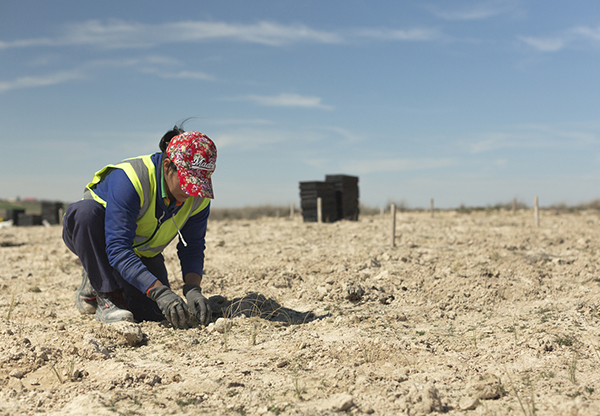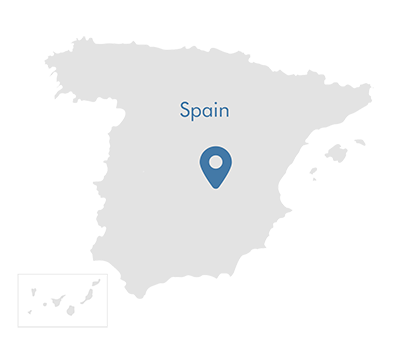SPAIN, EUROPE
La Mancha Wetlands
At the very heart of Castilla La Mancha we find La Mancha Húmeda, which is a group of salt wetlands. All together with the steppes around them create a very traditional landscape and an oasis in terms of biodiversity.
What makes it special
These wetlands de La Mancha are less well known than other protected areas of the region, as Ruidera Natural Park or Daimiel National Park, although some of them host many rare and endangered species, and habitats now extinct on many other areas of the Mediterranean region. Their rich biodiversity makes them unique and worthy to be protected as Natura 2000 site (SPA and SCI). Some of these wetlands have been declared as RAMSAR sites and the complex was declared as Biosphere Reserve in 1980 by UNESCO. In addition to this international recognition, they have national and regional protection figures, such as natural reserves and micro-reserves.
Protection status
· Ramsar Sites 594, 595 and 1259 Wetland of International Importance
· EU Natura 2000
· UNESCO Biosphere
· EU Natura 2000
· Laguna El Hito Natural Reserve
· Manjavacas Lagoon Complex Natural Reserve
· Wildlife Refuge

Biodiversity
La Mancha Wetlands form a priority habitat for the EU with unique halophilic plants and endangered species of flora and fauna. Many migratory birds winter in the wetlands, such as Common Crane (Grus grus), Eurasian Teal (Anas crecca), Eurasian Wigeon (Anas penelope), Gadwall (Anas strepera), Northern Shoveler (Anas clypeata), White-headed Duck (Oxyura leucocephala), Great Bittern (Botaurus stellaris) and Black-necked Grebe (Podiceps nigricollis).

Local Communities
These steppe wetlands provide numerous resources and services to local populations, and activities such as agriculture, livestock, hunting or tourism are developed in their environment. Their values have not always been recognized and the lack of understanding of their importance led to changes in their natural conditions.
Threats
The wetlands are surrounded by Mediterranean salt steppes and fields (cereal, vineyards and olive trees). These farming activities have the greatest negative impacts on the
groundwater and wetland conservation. For the irrigation of the fields, an immense amount of water is withdrawn. Also the use of nitrate and phosphate has very negative impacts on the wetlands biology.
These steppe and cereal lands t is also home a perfect landscape for steppe birds like the Great Bustard (Otis tarda), the Pintailed Sandgrouse (Pterocles alchata), the Stone Curlew (Burhinus oedicnemus), or the Little Bustard (Tetrax tetrax).

Our Work
Fundación Global Nature have been working to restore these wetlands for more than 20 years. Thanks to the LIFE projects like Villacañas wetlands, La Mancha wetlands o El Hito lagoon we have achieved big results in the protection of the most representative and threatened habitats: the sparto grass steppe and the Mediterranean salt steppes. Our stratregy to protect and restore these wetlands is linked o migratory species or to their role as carbon sinks.
The dissemination of the importance of La Mancha wetlands and the habitats around them is a strategic tool for action. And awareness-raising, aiming at encouraging the participation of all stakeholders, is an essential tool for long term conservation.
Fundación Global Nature

Co-funded by the European Union. Views and opinions expressed are however those of the author(s) only and do not necessarily reflect those of the European Union or CINEA. Neither the European Union nor the granting authority can be held responsible for them.



